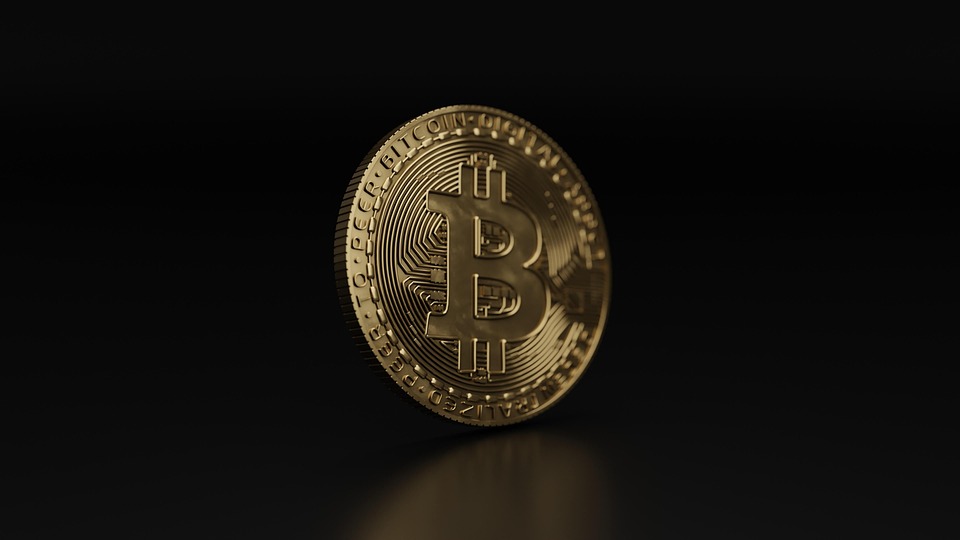NFT Market Update: Are Non-Fungible Tokens Still Trending?
The world of Non-Fungible Tokens (NFTs) has seen incredible highs and notable lows over the past few years. From their meteoric rise in popularity in 2021 to the subsequent market corrections, NFTs have become a significant part of the digital economy. As we move through 2023, many are left wondering: Are NFTs still trending, and what does the future hold for this innovative digital asset?
Current Market Landscape
As of late 2023, the NFT market is experiencing a resurgence, with increased interest from both creators and collectors. After a period of stagnation where speculative buying led to a bubble-like environment, the market is now stabilizing. According to recent reports, NFT sales volume has seen a steady uptick, driven by a combination of factors, including the growing acceptance of digital art, gaming, and virtual real estate.
Platforms like OpenSea, Rarible, and Foundation have seen renewed activity, as creators leverage their platforms to connect with audiences. Additionally, major brands and celebrities continue to explore NFTs as a means of engaging with their fan bases, thus injecting new life into the market.
Trends Reshaping the NFT Space
Several key trends are shaping the current NFT landscape:
1. **Utility over Speculation**: Unlike the early days of NFTs, where the focus was primarily on ownership and resale value, there is now a noticeable shift towards utility. Projects that offer tangible benefits—such as access to exclusive events, membership perks, or integration into decentralized applications—are gaining traction.
2. **Interoperability and Cross-Platform Use**: As the technology matures, there is a growing emphasis on interoperability among different blockchain platforms. This allows NFTs to be used across various ecosystems, enhancing their value and usability.
3. **Sustainability and Eco-Friendly Practices**: The environmental impact of blockchain technology has come under scrutiny, leading to a push for more sustainable practices in the NFT space. Many artists and platforms are adopting eco-friendly minting processes, which appeal to environmentally conscious consumers.
4. **Gaming and Metaverse Integration**: The intersection of NFTs and gaming continues to be a significant driver of interest. In-game assets as NFTs allow players to truly own their digital items, creating a new economy within virtual worlds. Additionally, the metaverse concept is bringing more attention to NFTs, as they are essential for creating unique experiences and identities in these digital realms.
Challenges Ahead
Despite the positive trends, the NFT market is not without its challenges. Regulatory scrutiny is increasing, as governments seek to understand and potentially regulate this burgeoning market. Issues surrounding copyright, ownership disputes, and fraud are also concerns that need to be addressed to foster a more secure environment for buyers and sellers.
Moreover, the market remains volatile, with prices subject to rapid fluctuations. Investors and collectors must remain cautious and informed, especially as the market matures.
Conclusion
In summary, while the NFT market is certainly evolving, it is far from fading away. The combination of increasing utility, brand engagement, and integration into gaming and the metaverse suggests that NFTs are adapting to market demands and consumer behavior. As we continue into 2023, the future of NFTs looks promising, albeit with challenges that will require ongoing attention and innovation. Collectors, creators, and investors alike will need to navigate this dynamic landscape carefully, but the potential for growth and creativity remains robust.



